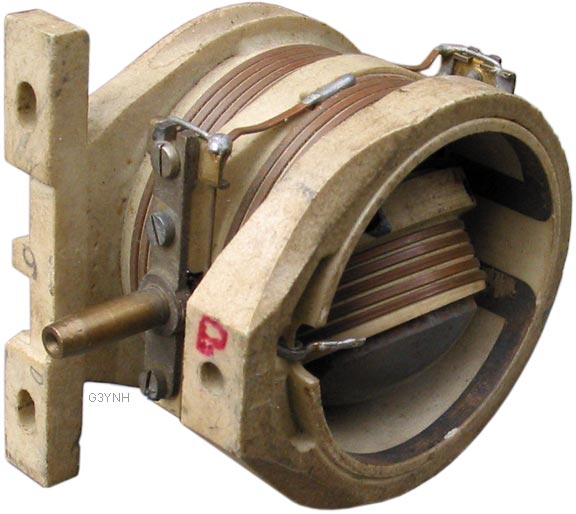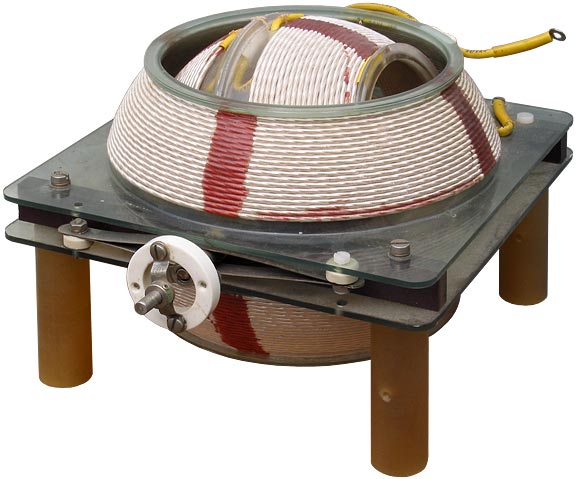Zak28
Advanced Member level 2
Do outer coils of these specialty tuning inductors loose inductance when axis of inner coil becomes normal to axis of outer coil and greatest when inline with axis of outer coil? Both inner and outer coils appear to be conducting making one single variable inductor.




Last edited:

